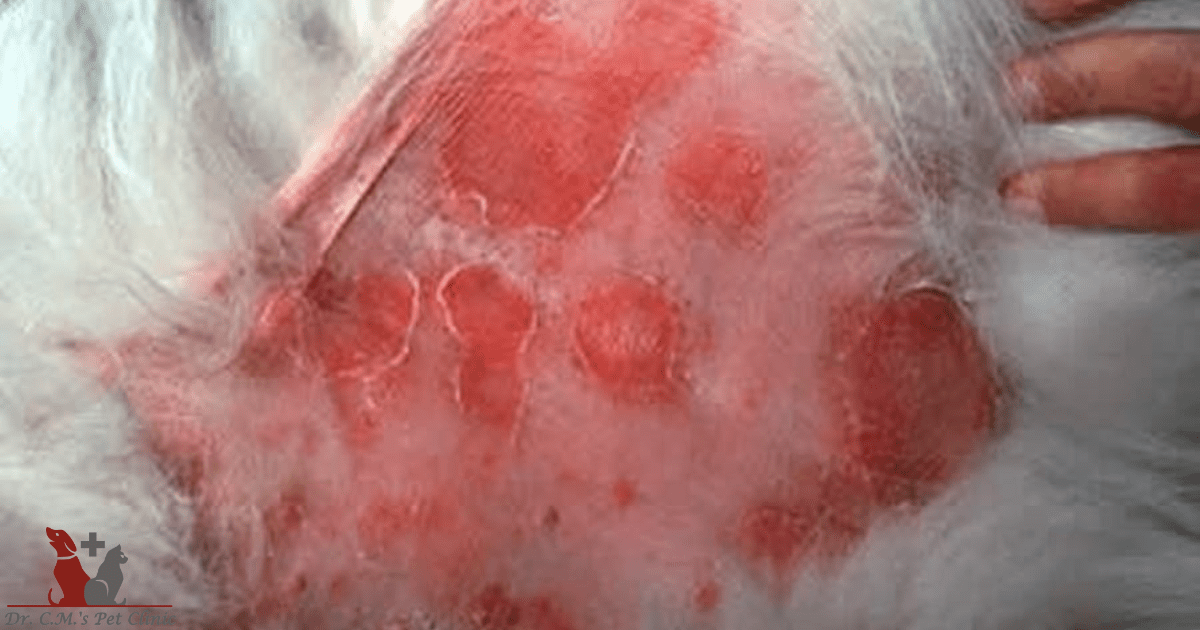Pyoderma is a common skin condition in dogs that can cause discomfort and irritation. It is characterized by the presence of pustules, papules, and crusts on the skin, and can be caused by a variety of factors. In this blog post, we’ll explore the causes, symptoms, and treatment options for pyoderma in dogs.
Causes of Pyoderma in Dogs
Pyoderma can be caused by a variety of factors, including:
- Bacterial infections
- Allergies
- Parasites
- Hormonal imbalances
- Poor nutrition
- Genetic predisposition
Dogs with underlying health conditions, such as diabetes or Cushing’s disease, are also at a higher risk of developing pyoderma.
Symptoms of Pyoderma in Dogs
The symptoms of pyoderma can vary depending on the severity of the condition. Some common symptoms include:
- Redness and inflammation of the skin
- Pustules, papules, and crusts on the skin
- Itching and scratching
- Hair loss
- Foul odor from the skin
- Thickened skin
If you notice any of these symptoms in your dog, it’s important to seek veterinary care. Early detection and treatment can help prevent the condition from worsening.
Treatment for Pyoderma in Dogs
Treatment for pyoderma will depend on the underlying cause of the condition. Your veterinarian may recommend:
- Antibiotics to treat bacterial infections
- Medications to control itching and inflammation
- Topical treatments, such as shampoos or ointments, to help soothe the skin
- Dietary changes to improve your dog’s nutrition
- Parasite control to prevent infestations
In some cases, a skin biopsy may be necessary to determine the underlying cause of the condition.
Preventing Pyoderma in Dogs
Preventing pyoderma in dogs starts with proper skin care. This includes:
- Regular grooming and bathing to keep the skin clean and free of dirt and debris
- Avoiding exposure to irritants and allergens
- Maintaining a healthy diet and exercise routine
- Treating underlying health conditions that may contribute to the development of pyoderma
- Regular check-ups with your veterinarian to detect and treat any skin problems early on
In Conclusion
Pyoderma in dogs can be a frustrating and uncomfortable condition, but with proper treatment and prevention, it can be managed effectively. By understanding the causes, symptoms, and treatment options, you can help keep your furry friend healthy and happy. Remember to seek veterinary care if you notice any skin problems in your dog, and work with your veterinarian to develop a personalized treatment plan. With the right care, your dog can enjoy healthy, clear skin.

